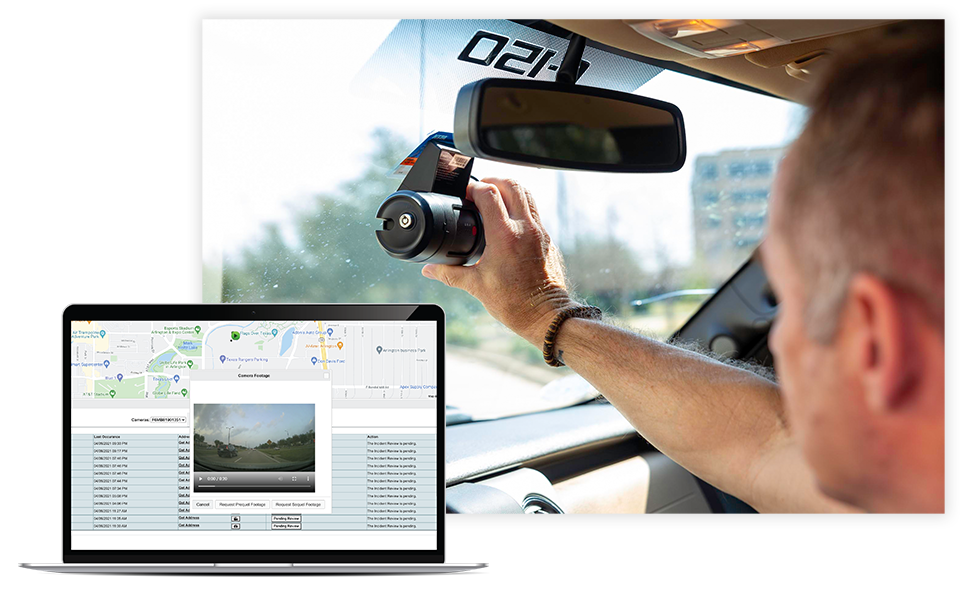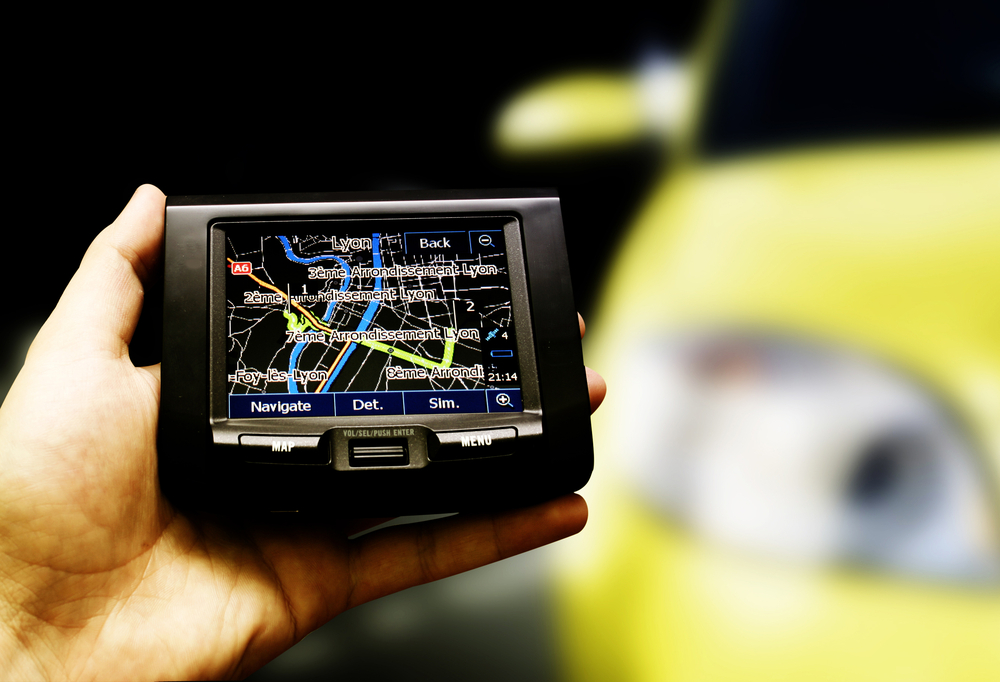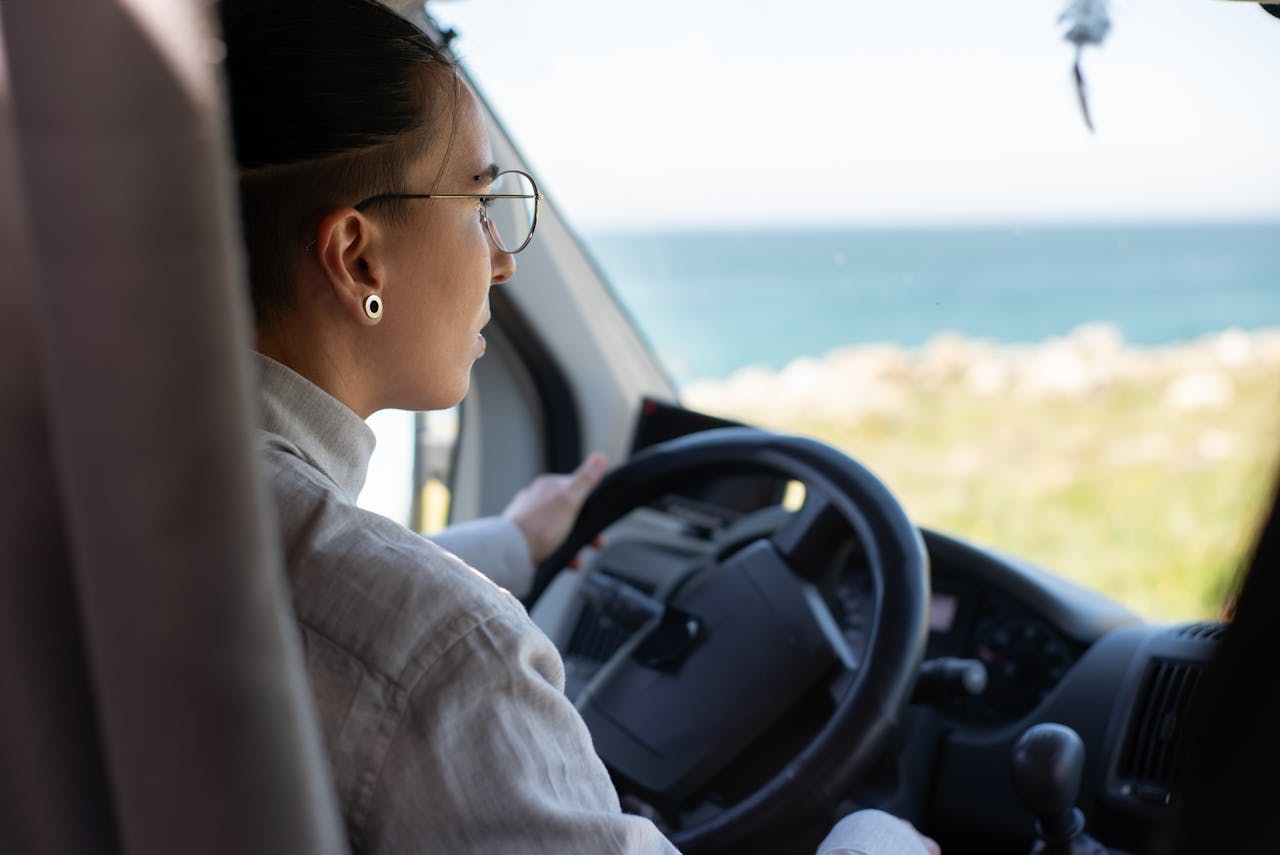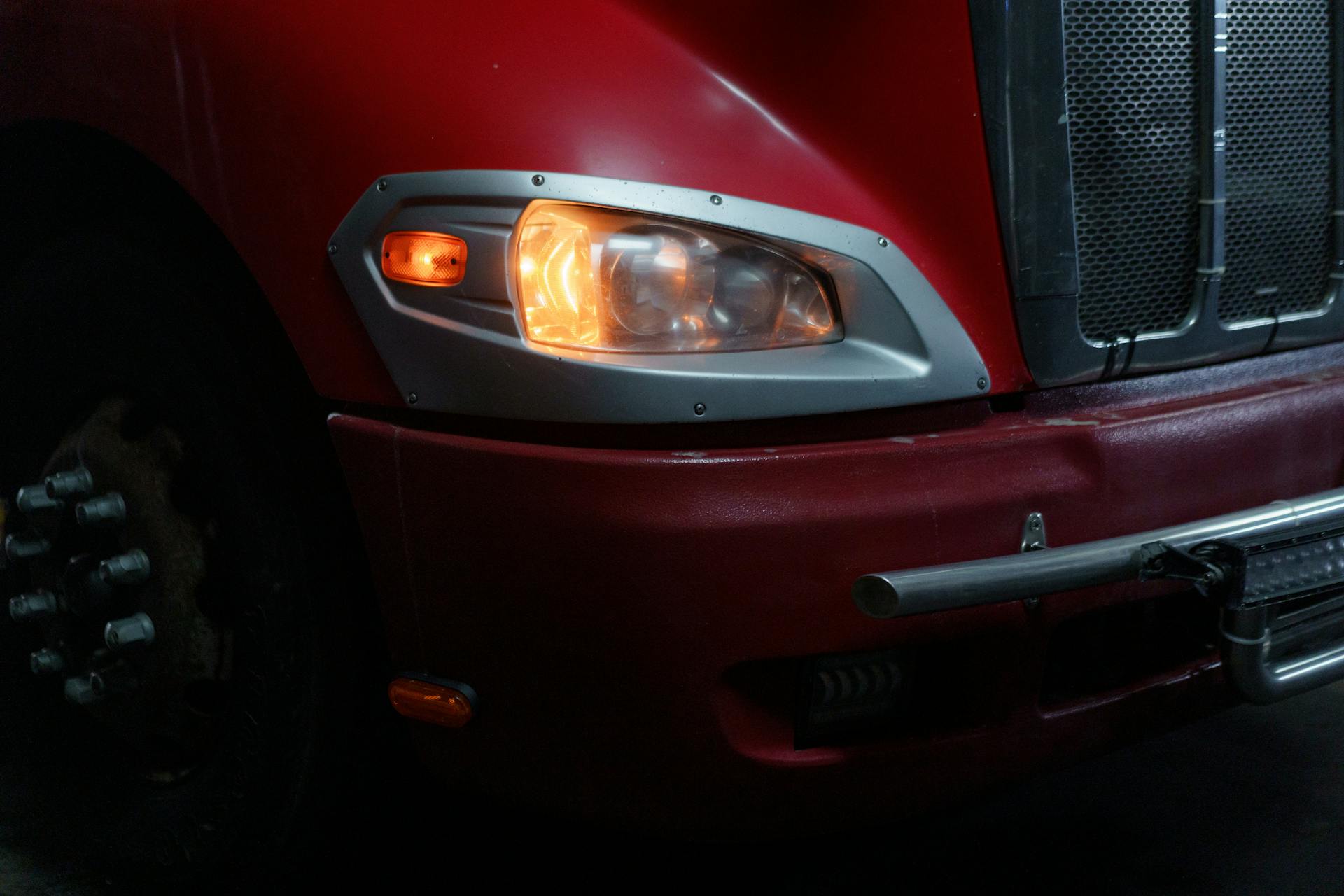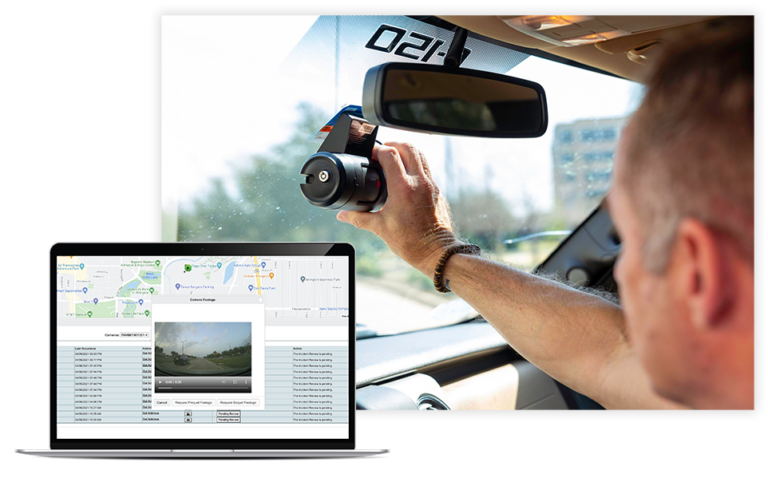
Having streamlined fleet management processes helps businesses improve customer satisfaction, driver retention, and overall operational efficiency. Solutions like fleet dash cameras, GPS trackers, and routing software are examples of innovative technologies that have changed the way companies manage their fleets. Adopting integrated solutions like fleet dash cameras with telematics allows businesses to utilize the benefits of both technologies in one compound device, helping them reach maximum insight and efficiency while keeping costs at a minimum.
Leveraging the combined power of dash cameras and telematics is crucial for comprehensive fleet management. Fleet dash cameras provide visibility into road events and incident record, enhancing safety and reducing accident-related costs, while telematics data offers insights into vehicle performance, maintenance needs, and fuel efficiency. Together, these technologies create a complete approach to fleet management that enhances safety, reduces operational costs, and ultimately ensures the overall success of any company with a fleet of vehicles.
Understanding Telematics Systems
Telematics systems combine GPS tracking, vehicle performance, and driver behavior into one solution. This insight is helpful in fleet management practices as it enables real-time monitoring, analysis, and optimization of a fleet’s vehicles and operations.
Telematics systems collect vehicle data through a combination of sensors and devices, such as GPS receivers, accelerometers, and engine control modules. Built-in sensors capture information like GPS location, speed, acceleration, braking, and engine diagnostics. The data is then transmitted wirelessly to a central server or cloud-based platform, where it can be accessed and analyzed in real time by fleet managers.
Telematics systems offer numerous benefits for monitoring and enhancing fleet operations. First, with real-time visibility, fleet managers are able to verify vehicle location, monitor driver behavior and keep customers informed on ETAs. Telematics systems also collect important data regarding vehicle health, enabling proactive vehicle maintenance to help prevent breakdowns and reduce downtime. Lastly, they enhance safety by alerting managers of unsafe driving practices and fostering safer driver behaviors. Drivers are more likely to adherre to the rules of the road when they know their managers can see their behaviors.
Fleet Dash Cameras and their Advantages
Fleet dash cameras are advanced dash cameras that record and report activity that occurs while driving. These cameras play a critical role in capturing both real-time and event-triggered video footage of the road and the driver’s surroundings. They are essential tools for accident-proof in both legal and insurance processes. The use of fleet dash cameras helps to promote safer driving practices and provide managers with undeniable evidence and insight into their vehicles and drivers.
Dash cameras complement telematics systems by adding a visual dimension to the insight collected through telematics systems. While telematics can capture and transmit data that relates to a vehicle’s performance, location, and driver behavior, fleet dash cameras provide the context and visual evidence to the information. When an accident occurs, without fleet dash cameras managers just know that the driver slammed on their brakes or was speeding. Dash cameras record the actual events of the incident so managers, law enforcement, and insurance personnel can have a complete understanding of the events that occur. This evidence helps assess driver behavior, liability, and the verification of data points, enhancing the overall effectiveness and accuracy of telematics systems.
Benefits of Dash Cameras and Telematics Integration
Integrating fleet dash cameras with telematics systems is a no-brainer for boosting fleet operations. The benefits are vast. First, companies do not have to purchase both dash cameras and telematics systems as they are already fused together. Additionally, this means all the information regarding a company’s vehicles is stored in one central location instead of multiple, simplifying fleet management. The integration of dash cams and telematics also enhances safety and works to reduce accidents, by alerting drivers and managers of dangerous behaviors like speeding, and some even report lane departures. The combination of these solutions, helps businesses save time and money while ensuring a safe and efficient operation.
Enhancing Driver Safety and Training
Integrated fleet dash cameras and telematics systems significantly enhance driver safety and training. By capturing video footage alongside telematics data, these devices provide a complete picture of a driver’s behavior on the road. Fleet managers can use this data to identify and address unsafe driving habits, as well as hold coaching sessions to improve driver behavior and enforce safety guidelines. When managers review driver footage with the driver, it can help the driver identify unsafe driving and reinforce company policies, ultimately leading to a more responsible driver across a company’s fleet.
The integration of fleet dash cameras and telematics systems helps make fleet management a simple centralized process. This advanced technology not only enhances safety but also promote efficient operations. Gentrifi GPS offers multiple dash cam options that include telematics systems that allow your company to harness all the benefits. The ability to enhance driver safety and have unparalleled insights into your fleet is essential for standing out in the competitive trucking industry. Check out Gentrifi GPS’s solutions here or schedule an appointment with a specialist here!


